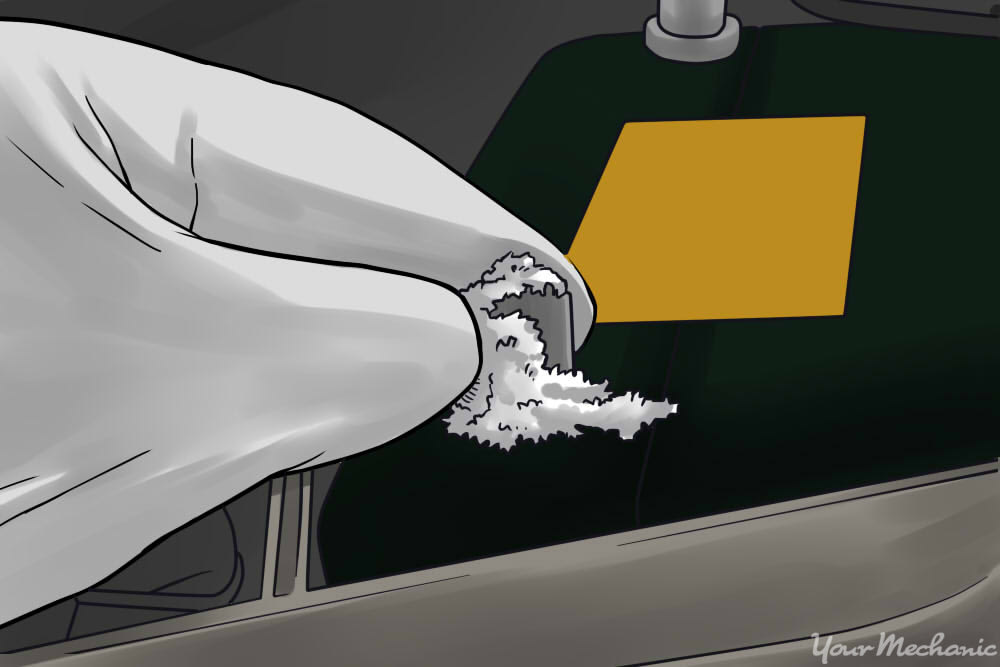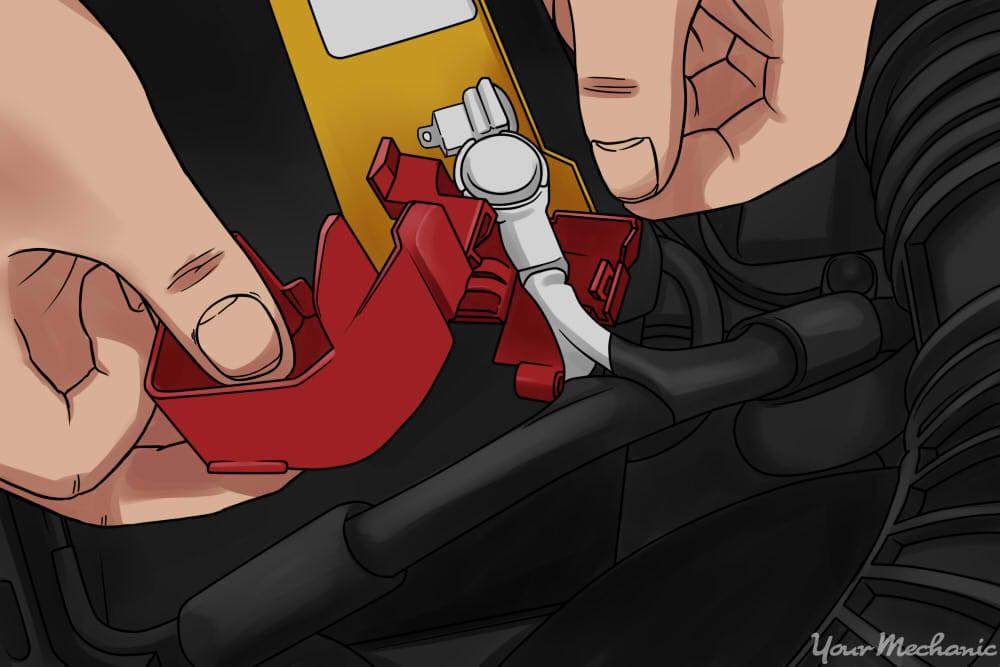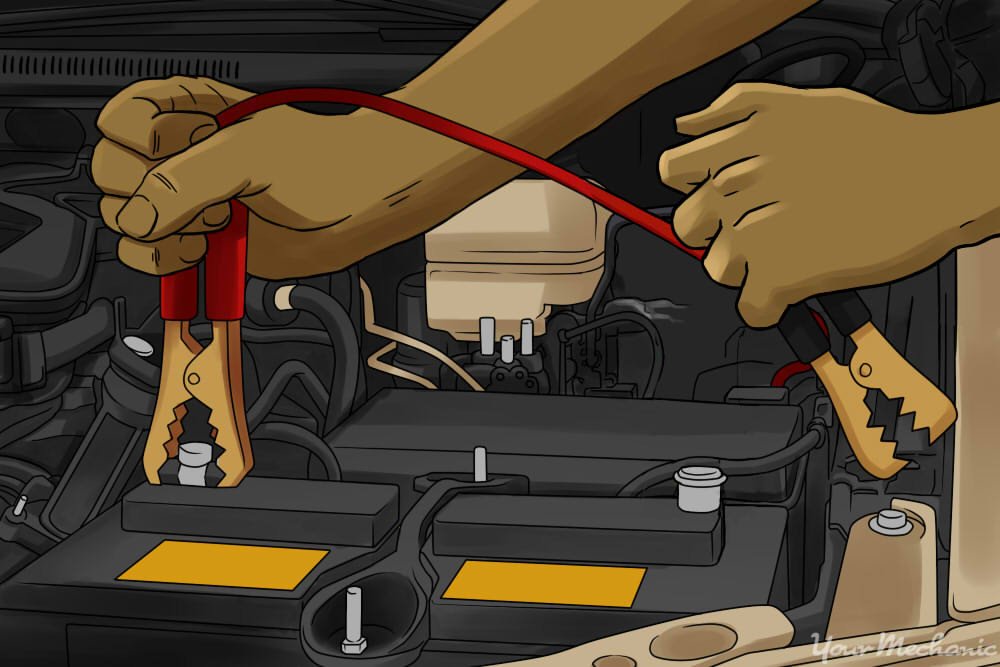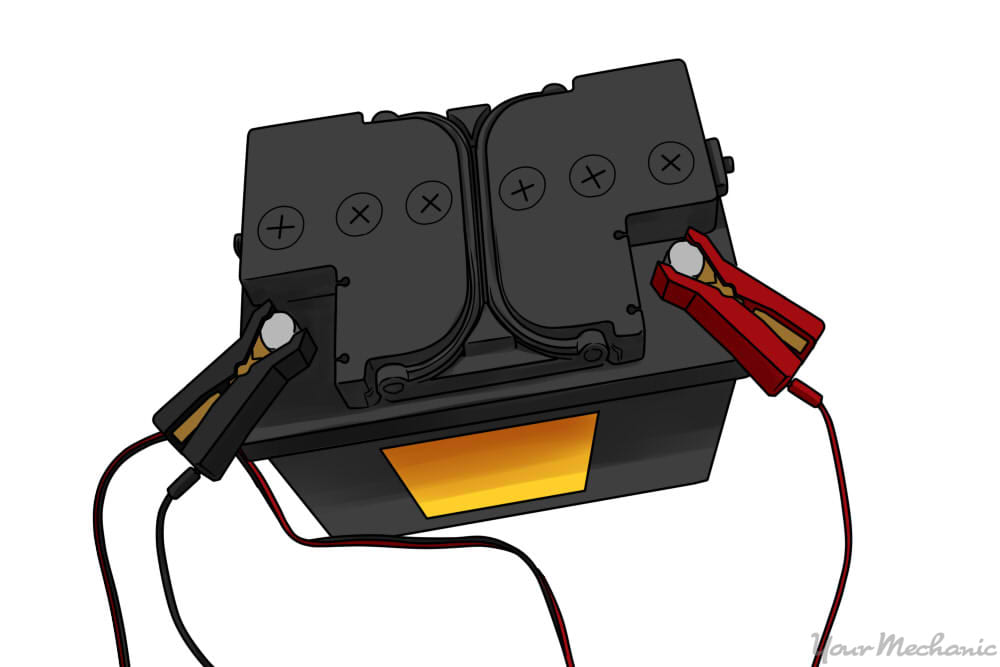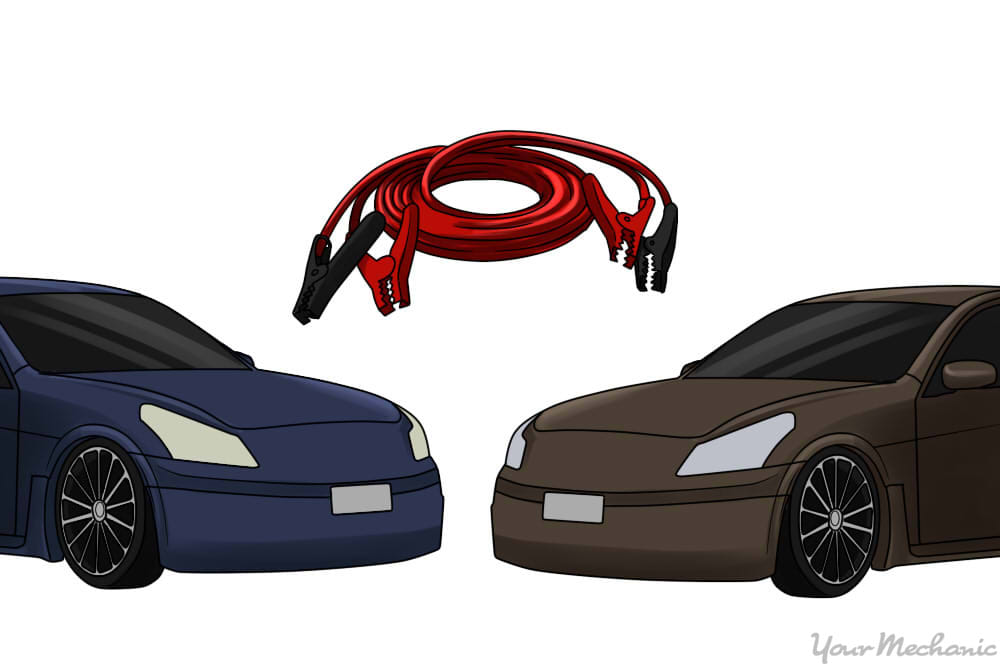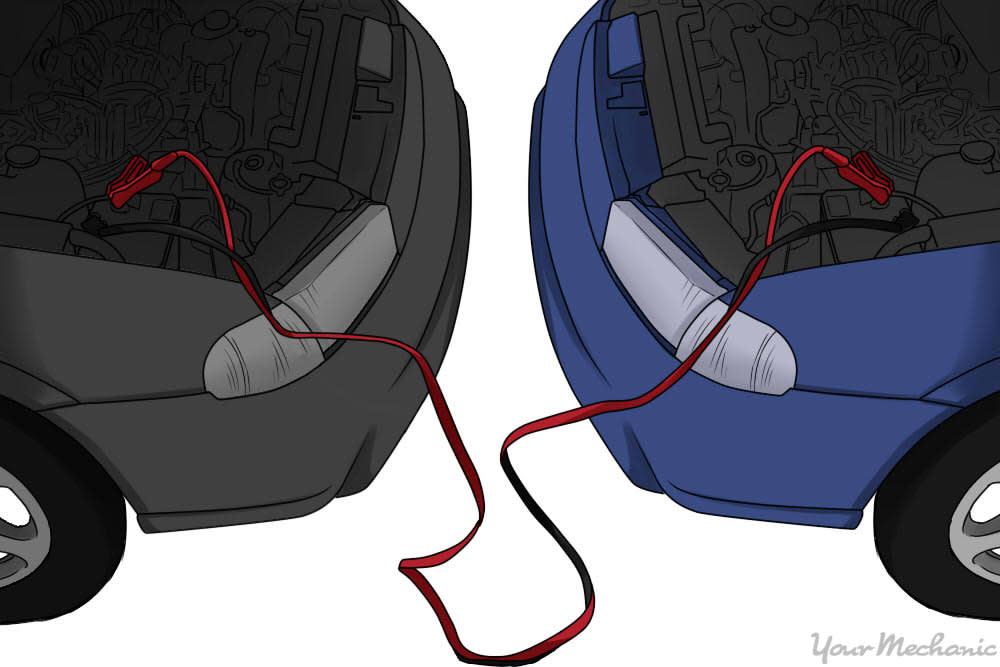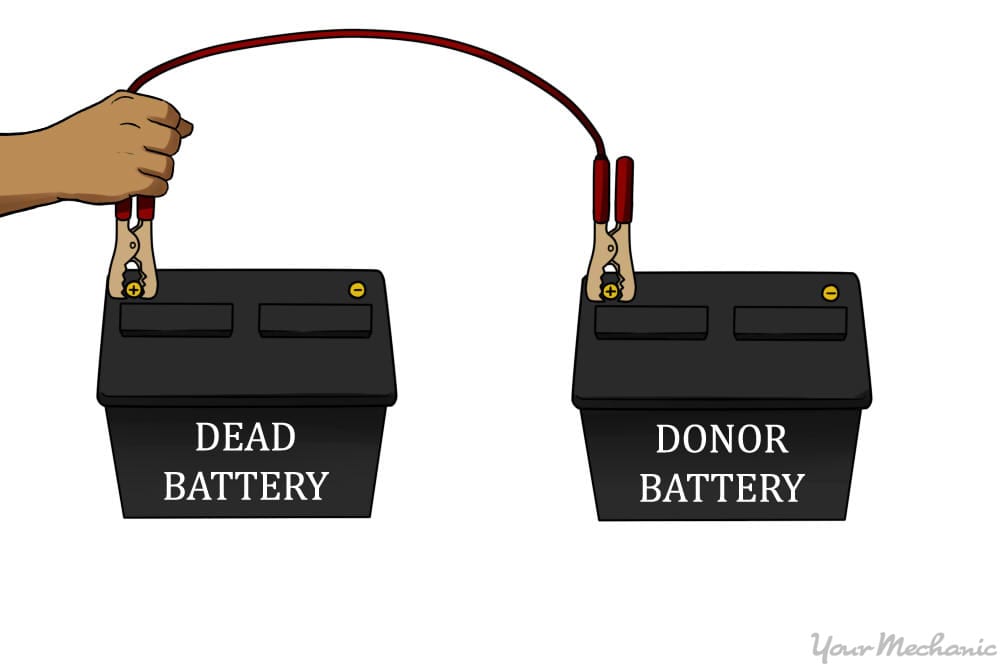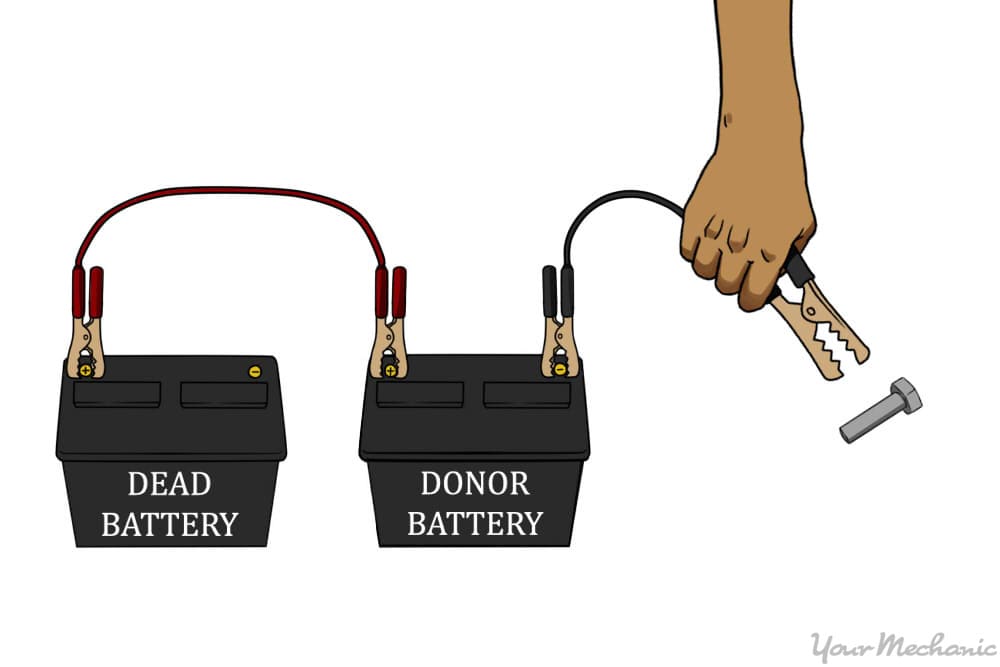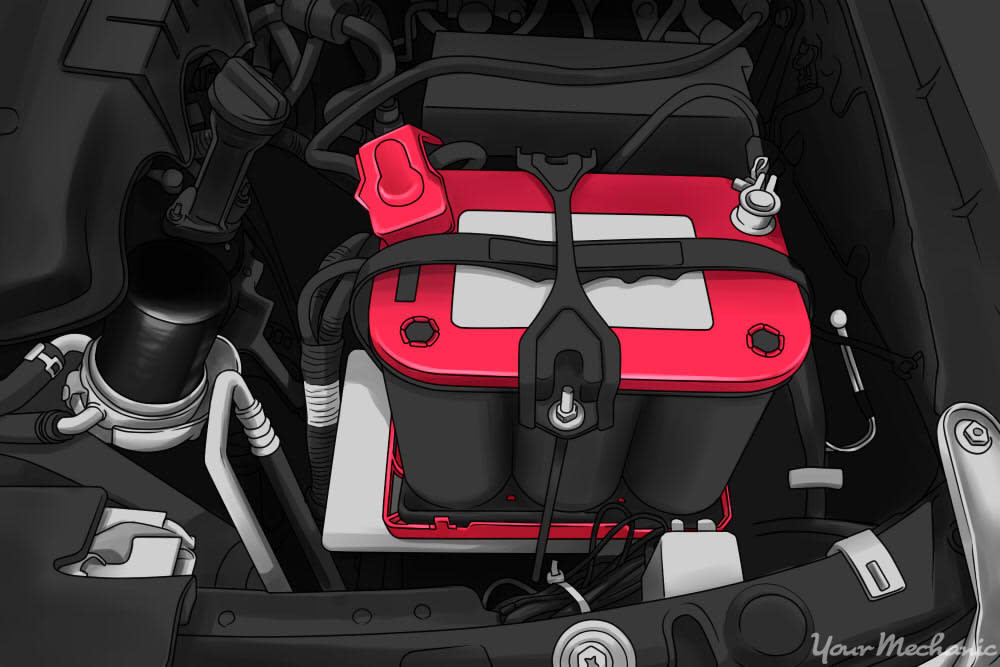

In an age where it seems every moment is tied to a schedule, the last thing you need is to find yourself stranded when your car doesn't crank due to a dead battery. It doesn't matter whether you're at the grocery store, work, or home, this situation brings your schedule to a screeching halt. Before simply accepting a loss of control, you can take "charge" of the situation by infusing your battery with new life.
Fortunately, it's simple to return the charge taken when the battery drainage occurs on a healthy battery, or one that is still capable of holding a charge. You need to put the charge back in using one of two methods virtually anyone can successfully complete – using a car battery charger or jumpstarting your battery from another running vehicle. For traditional car batteries (not electric car varieties), the process is essentially the same regardless of your battery type or choice of charger.
How to charge a car battery
-
Gather the correct materials - Before you get started, you will need the following materials: Baking soda, Car charger, Distilled water, if necessary, Extension cord, if necessary, Gloves, Moist cloth or sandpaper pad, if necessary, Safety glasses, goggles, or face shield
-
Visually assess the cleanliness of your battery's terminals. - You can't expect them to be pristine, but you should remove any gunk or crud if it's present. You can clean terminals using a tablespoon or so of baking soda and a moist cloth or a sandpaper pad and lightly scrubbing the unwanted material off.
Warning: When cleaning a white powdery substance off battery terminals, wear gloves to prevent it from coming into contact with your skin. It may be dried-up sulfuric acid, which can greatly irritate your skin. You should also put on safety glasses, goggles, or a face shield.
-
Read your particular car charger's instructions - Newer chargers typically are of a no-fuss plug in and leave alone variety that shut off on their own, but older ones may require you to manually shut them off once the charging is complete.
Tip: When choosing a car charger, bear in mind that fast chargers will do the job more quickly but may overheat the battery and the slower charging, trickle-down varieties deliver a charge that will not overheat the battery.
Pop off battery caps - Pop off the circular caps located on the top of your battery, often disguised beneath a yellow strip. This allows gases produced during the charging process to escape. If your battery's instructions dictate it, you can also refill any depleted water inside those cells using room temperature distilled water up to about a half inch below the top.
-
Position charger. - Position the battery charger where it is stable and won't fall over, taking care to never place it directly on the battery.
Attach charger - Attach the positive battery charger clamp to the positive battery terminal (indicated by the color red and/or a plus sign) and the negative clamp to the negative terminal (indicated by the color black and/or a minus sign).
Plug in charger - Plug the charger (using an extension cord if necessary) into a grounded wall outlet, and turn the charger on. Set the voltage to the amount indicated on your battery or in the manufacturer's instructions and wait.
Double check set up - Before going on about your regular routine, make sure there are no sparks, leaking fluids, or smoke. If everything is uneventful after about ten minutes, just leave the setup alone aside from the periodic check until the charger indicates a full charge. Note that if the battery emits excessive gases or gets hot then lower the level of the charge rate.
Clean up - Once your battery has completely charged, which can take up to 24 hours, turn off the charger and then unplug it. Then, detach the charger clamps from your battery's terminals, removing the negative first and then the positive.
The different types of battery chargers
While there are various types of traditional car batteries, ranging from Absorbed Glass Mat (AGM) to Valve Regulated Lead Acid (VRLA), any type of charger designated for automotive use will work. The exception to this rule is with Gel Cell batteries, which require a Gel Cell charger.
The process – whether with gel batteries and chargers or other combinations and traditional chargers – is comparable.
Also note that, unless you're in a situation where an extension cord is not available and the cord on the charger won't reach your battery, you can likely leave your battery in position before beginning to re-charge it.
How to charge a battery by jumpstarting
Oftentimes when on the go, there isn't access to a portable battery charger. It is often simpler to find someone willing to jump your dead battery, and this methods works well. To charge a battery by jumpstarting you will need to do the following:
-
Gather the correct materials - Before you attempt to charge your battery with a jumpstart, you will need the following materials: Donor vehicle with a good battery, Jumper cables, Jumper box
-
Park donor car close - Park the donor car close enough for the jumper cables to reach between both the live and the dead battery, ensuring the cars don't actually touch. Turn the ignition key to the off position in both vehicles.
-
Attach positive clamp to dead battery - Not letting any of the cable's clamps touch throughout the process, attach a positive clamp to the positive terminal of your dead battery.
-
Attach positive clamp to good battery - Attach the other positive clamp to the positive terminal of the good battery on the donor vehicle.
Attach negative clamps - Attach the closest negative clamp to the negative terminal of the good battery and the other negative clamp to an unpainted bolt or nut of the car with the dead battery (the negative terminal of the dead battery is another option, but this can release hydrogen gas).
Start donor car - Start the donor car and rev the engine just above an idle for 30 to 60 seconds.
Start dead car - Start the car with the previously dead battery and allow it to run.
Remove cables - Remove the cables in reverse order, and allow the car to run for approximately 10 minutes to fully recharge its battery if the dead battery was due to leaving something on.
What causes your battery to lose charge
There are various things that can drain your battery of a charge, ranging from accidentally leaving the headlights on all night to an actual electrical issue in need of mechanical attention. Over time, all batteries lose their ability to take a charge and will need replacing due to no fault of your own. Batteries are designed to store the electrical charge necessary to start a vehicle, and the alternator returns the charge to the battery to save for the next time you turn the key in your ignition. When the charge given by the battery exceeds that which the alternator returns, there is a slow drain that eventually results in a weakened or dead battery.
Charging a car battery is usually simple, but there may be times when you don't have access to the necessary materials or don't feel comfortable attempting to recharge it on your own. Feel free to call our experienced mechanics for a consultation about the best chargers for your needs or to recharge your battery for your without any hassle.


